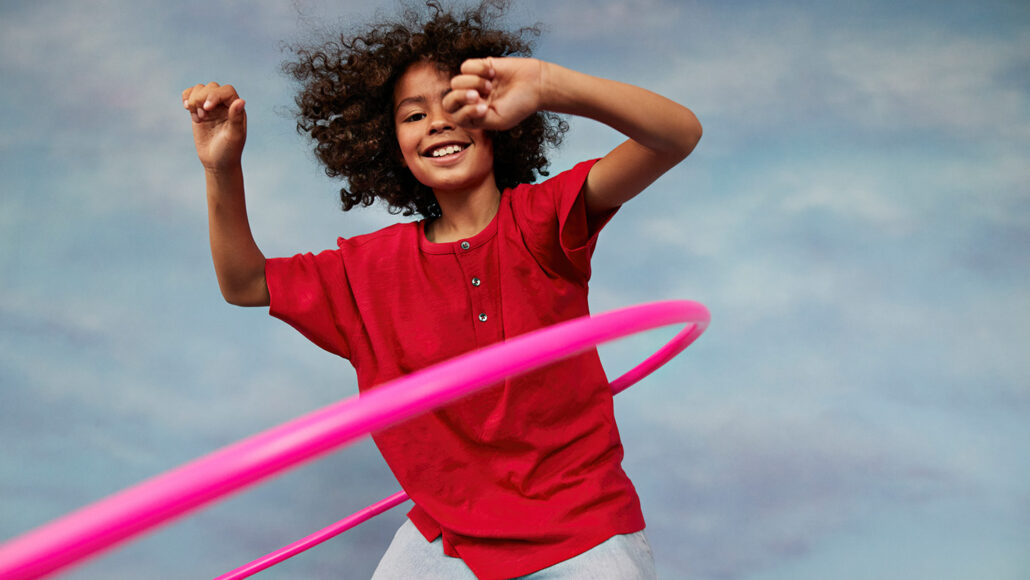Questions for ‘Wiggling robots reveal the physics of how Hula-Hoops stay up’

Hula-Hoops have been popular toys and exercise equipment since the 1950s. New experiments with wiggling robots revealed how the hoops stay up. Along the way, researchers found some good tips for humans aiming to improve their technique.
Klaus Vedfelt/Getty Images